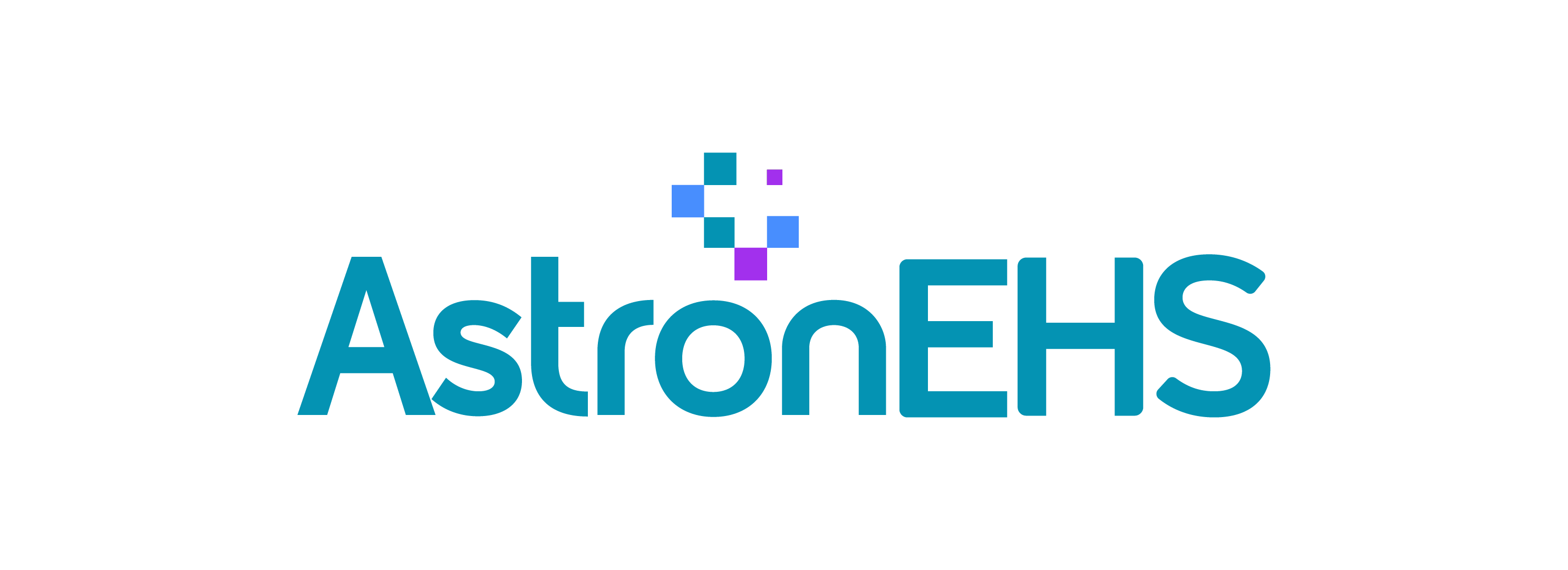7 RCM Metrics Your Emergency Department Must Use
Every year, there are new challenges in the realm of physician reimbursement. RCM Metrics Your Emergency Department Must Use.
The ability of the providers to recover the proper payment for the services provided is significantly hampered. With rising administrative costs, regulatory restrictions, and an aging patient pneedsin need of more sophisticated services. An increase in the frequency and rigor of claim audit by payers.
It is not surprising that studies reveal that up to 15 cents of every dollar spent on healthcare is wasted on revenue cycle management inefficiencies.

Even though most practices are aware that keeping track of patient care episodes and related claims, corresponding with insurance providers. Keeping an eye on cash flow is crucial for ensuring profitability. It is surprising to see how many of them neglect to review their key financial indicators regularly.
You may determine whether your business is operating profitably and whether your practice is getting the best potential reimbursement by using the seven revenue cycle management reporting KPIs listed below.
Aging Bucket Accounts Receivable (A/R) Rolling
Make it a practice to regularly review your outstanding accounts receivable. You can discover issues that adversely affect your cash flow and create a plan of action to remedy them by routinely monitoring A/R at 0-30, 30-60, 60-90, and 90-120 days.

To reduce the risk of waiving appeals rights and missing deadlines for filing documents, try to keep your account balance in the 0-30 day range as often as feasible.
There are several factors that contribute to exceptional AR that is more than 30 to 60 days old. Among the most frequent are certainly insurance denials.
They could consist of the following:
- Incorrect coding.
- Outside of the beneficiary’s network services.
- Provider documentation is insufficient to support accurate coding.
- Incorrect data on the patient.
- Not checking with the insurer first to see if certain illnesses are covered before starting treatment
- Problems or delays that affect the group.
Rolling A/R By Provider/Payer
You must monitor AR by payers as well as by providers in addition to executing the daily AR reports. We should review each of your practice locations separately if you use several different ones.
You can find out if payments to particular providers, payers, and facilities have ceased by closely monitoring this data. You can solve the issue and stop it from happening again if you discover this information promptly. To make sure there are no gaps in this department, Therefore the majority of institutions have teams of analysts on staff. This is how to keep track of the money owed to you from secondary and tertiary commercial payers and the patient responsibility portion of your claims.
Medicare allowances each day
You must pinpoint the precise day that Medicare stopped paying if it did. This will assist you in determining the problem and resolving it, as well as in estimating your back pay and guaranteeing that it is born on schedule.

Payable Claims
Another report that ought to be run each day to check on the efficiency of your systems is this one. Many organizations have sophisticated software that manages claim submission, but it is advisable to assess your software’s performance regularly to verify sure daily claim submission metrics are within the intended range.
Days In AR and Days Sales Outstanding (DSO)
Calculated by dividing your total outstanding debt by the average daily payment amount. If you ceased invoicing tomorrow, this metric would tell you how much money you would have in the bank. The idea is to make this measurement as small as feasible. Your payer mix will have an impact on this figure as well. Because Medicaid and Medicare pay claims fairly promptly, the more claims you submit to those payers, the lower your Days in AR should be.

Days sales outstanding, which is announce as a monthly report, can assist you in determining how long it takes to receive payment. It also provides a reliable performance evaluation of your complete RCM process as a measure of accounts receivable about sales.
DSO is affect by several variables, including the revenue cycle procedure, Therefore the absence of technical coding or emergency medical billing, and the payer mix. While a monthly assessment of your DSO won’t provide you with a complete picture of your company, it is a straightforward report to run and gives you a solid snapshot of where your receivables are and the state of your RCM processes.
Overall A/R Review by Quarter
A sufficient dataset for effective financial decision-making may not be available from looking at measurements on a daily, weekly, or even monthly basis. Bthis, it is urged to do A/R reports quarterly as well.
An analysis of your collection trends, an assessment of how your employees or billing department is handling them. A determination of whether you are leaving money on the table is all possible with quarterly AR monitoring.
Review Of The Year For All The Reports Mentioned
Reviews at the end of the year frequently fulfill this purpose. You can tell if you were successful in implementing positive improvements or whether your practice is still not acting as efficiently as it should be basing these reviews on the reports mentioned earlier and your goals.

RCM Metrics For Reporting And Your Bottom Line
The financial objectives of every healthcare organization are the same: accelerate payment, increase revenue, and reduce compliance risk.
You can undertake more in-depth analysis the more sophisticated your reporting becomes. Your group will achieve the expected RCM outcomes. If its decision-making is based on trustworthy observable evidence and clinical expertise practice.
However, more sophisticated reporting necessitates a more knowledgeable workforce, so finding the proper partner to outsource revenue cycle management is a great choice. Therefore the specialists at Astron EHS solely concentrate on RCM and coding for Emergency Medicine organizations. Along with a host of additional detailed monthly reports and the most recent information on rapidly evolving market trends. Our committed account management team offers our clients not only these seven reports. Learn more about Astron EHS medical coding and billing methodology with its unique approach to RCM geared to match your individual revenue goals if your EM group is searching for a billing and coding staff that cares as much about your success as you do.
To discover more, contact us right away.


